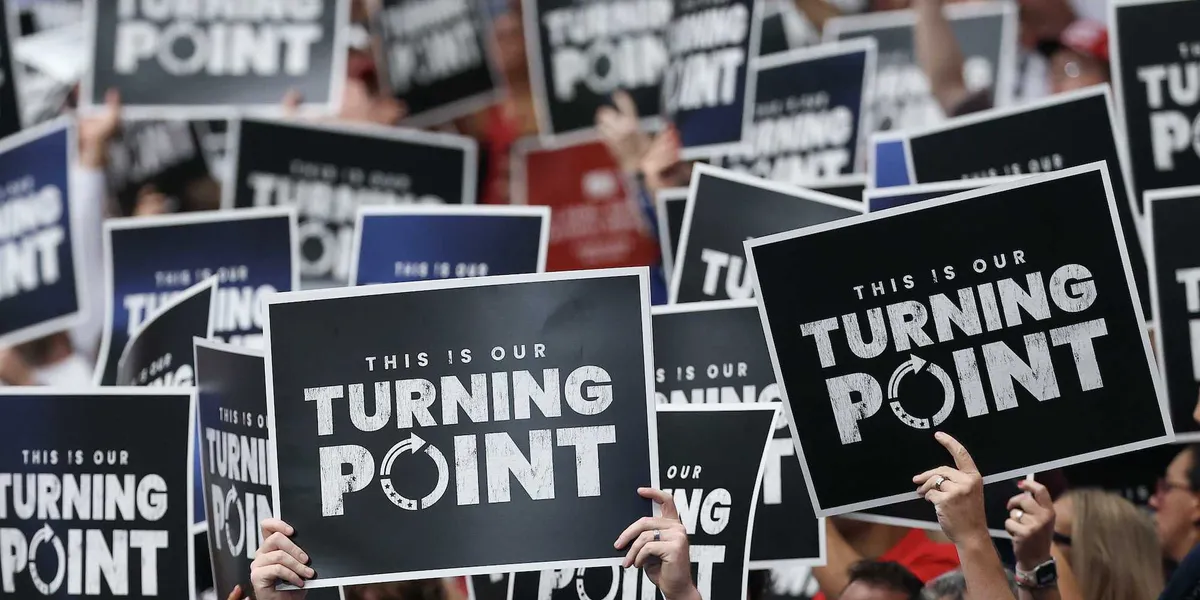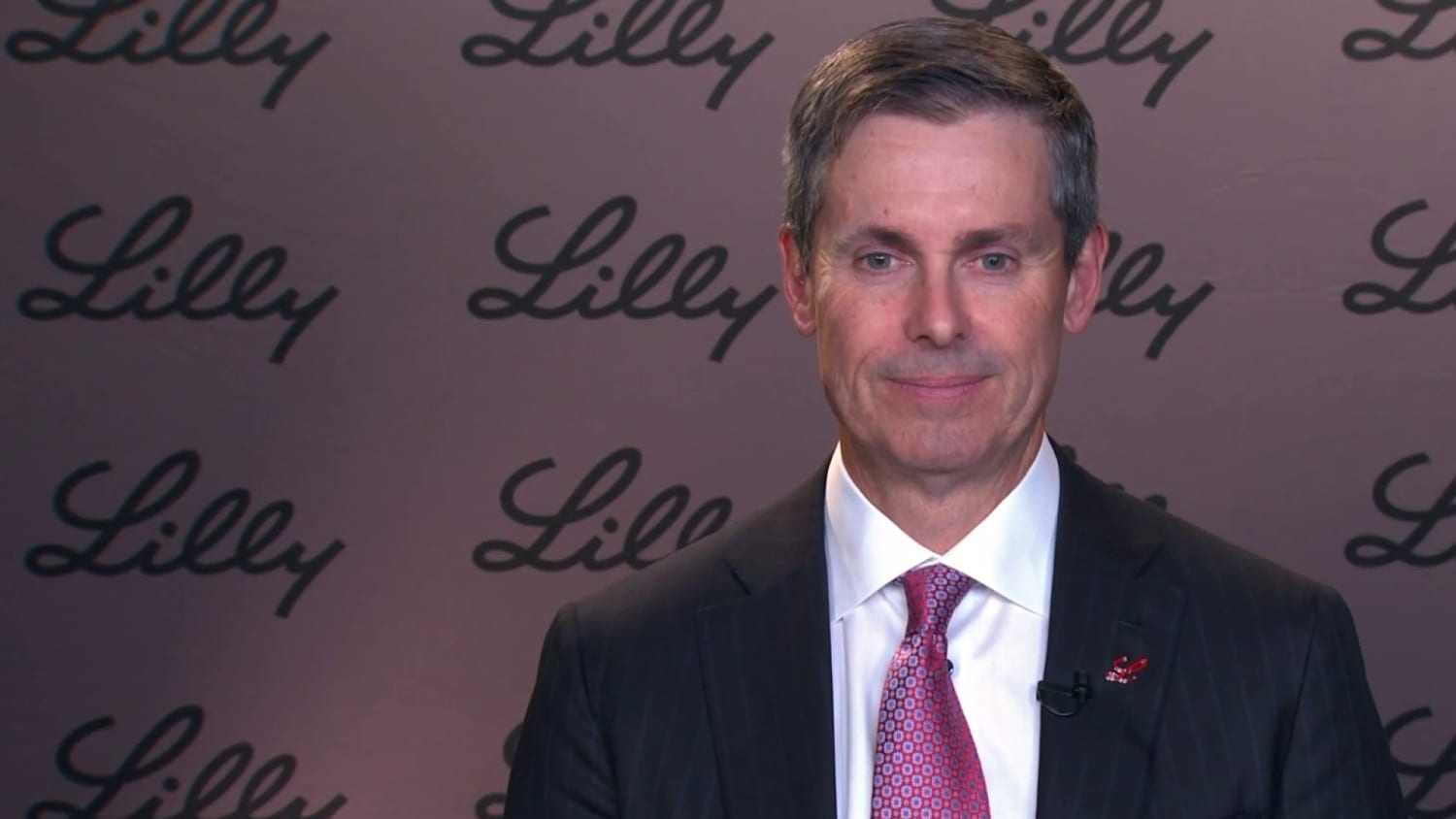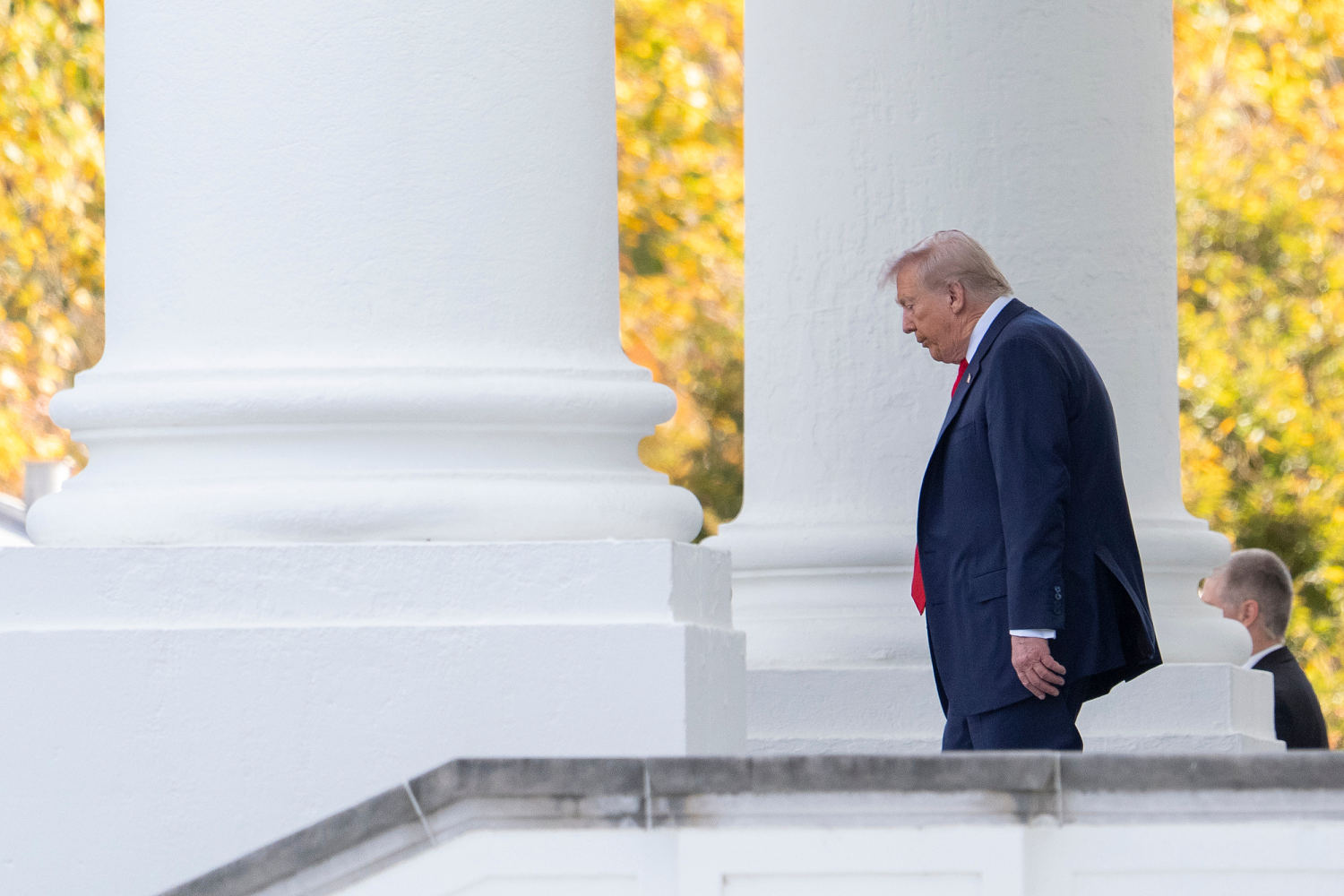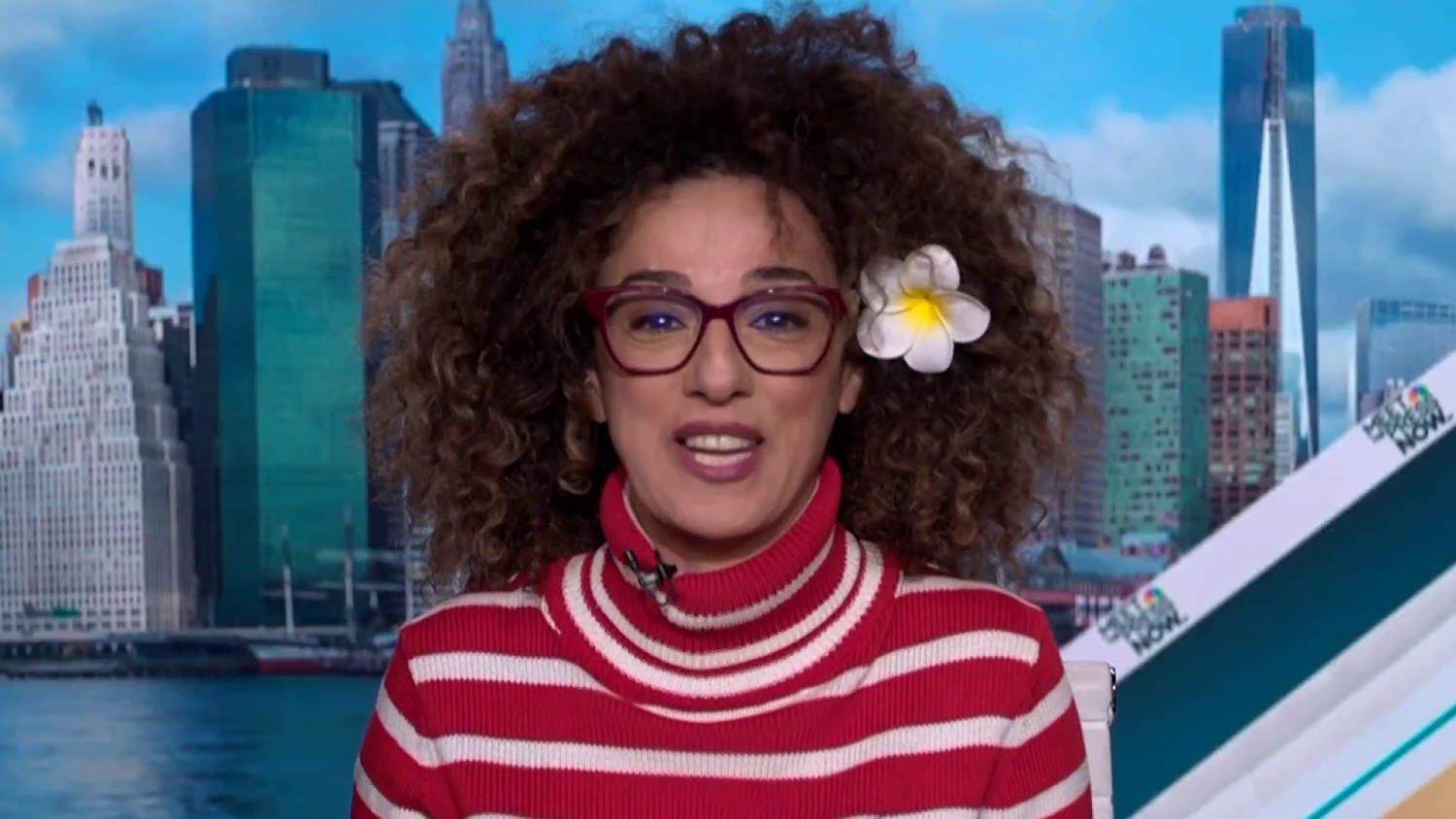Helping propel Abigail Spanberger’s dominant win in the Virginia governor’s race Tuesday are dissatisfied rural voters who have supported Donald Trump.
Spanberger’s victory was largely driven by massive turnout in northern and eastern Virginia's urban areas. But she picked up support across the state’s deep-red central and western counties, where Trump’s tariffs have hit the manufacturing and agricultural industries especially hard. Even as her GOP opponent won most of those places, Spanberger posed the best performance by a statewide Democratic candidate in several cycles, according to a POLITICO analysis of voting data in the localities classified as “rural” by the federal government.
Rural voters are dissatisfied with economic conditions, including Trump’s erratic tariff threats that have impacted farmers throughout the country. The result was a rude awakening for some rural-state Republicans, who have long relied on large margins in these deep-red areas.
“Last night, honestly, was an awakening for a lot of folks,” said Sen. Jim Justice (R-W.V.) Wednesday. “If you don't pick up on what really happened last night, the margin of victory … then I think you're living in a cave.”
Spanberger outperformed Kamala Harris’ margin in 48 of Virginia’s 52 rural localities. And according to exit polling, she won 46 percent of rural voters — an 8-point deficit to Republican rival Winsome Earle-Sears, and a 19-point swing from 2021 Democratic nominee Terry McAuliffe’s 27-point disadvantage.
And she accomplished that after emphasizing Trump’s tariffs on the campaign trail.
“When those tariffs are squeezing Virginia farmers and producers, that is a huge impact on our economy,” Spanberger said in laying out her economic plan. Throughout the campaign, she derided the tariffs as a “massive tax hike on Virginians” and pledged to lead trade missions to open export markets for the state’s $82 billion agricultural sector and $50 billion manufacturing sector.
Now national Democrats, feeling bullish after Tuesday’s big wins, are praising Spanberger’s performance in rural areas as a blueprint for the party in the upcoming midterms, when netting three seats will hand them control of the House.
“Last night’s results show Democrats can win back rural voters with a relentless focus on affordability,” said Eli Cousin, spokesperson for the Democratic Congressional Campaign Committee, on Wednesday. “The results are also a massive warning sign for House Republicans … who have made life harder for rural Americans by rubber stamping cost-spiking tariffs and voting to put rural hospitals and health clinics at risk of closure.”
Spanberger, the first woman elected governor in Virginia’s history, deviated from party orthodoxy by spending significant time campaigning in the deep-red rural pockets of the state, even as recently as last week. Her messaging there focused almost exclusively on the economic issues ailing rural America during the first nine months of the Trump administration, including the seismic impact of tariffs and the fallout on rural health care from Medicaid cuts.
“People are so tired about the chaos right now from the federal government,” said Roberta Thacker-Oliver, the rural caucus chair for Virginia Democrats. “She sent a message about the everyday things, about lowering costs for people.”
Democrats see Spanbergers’ strategy as a template for the 2026 midterms. As Republicans eye redrawing more favorable House districts across the country, an aggressive push Democrats are starting to challenge, the minority party’s chances at retaking control of Congress will increasingly rely on its ability to compete in rural districts.
Chris Sloan, political director for the Democratic Governors Association, attributed Spanberger’s win to “a relentless focus on the economy and affordability.”
“These are issues that resonated with voters everywhere,” he added, “and we took advantage of that.”
Rachel Shin contributed reporting.
.png)















 English (US)
English (US)